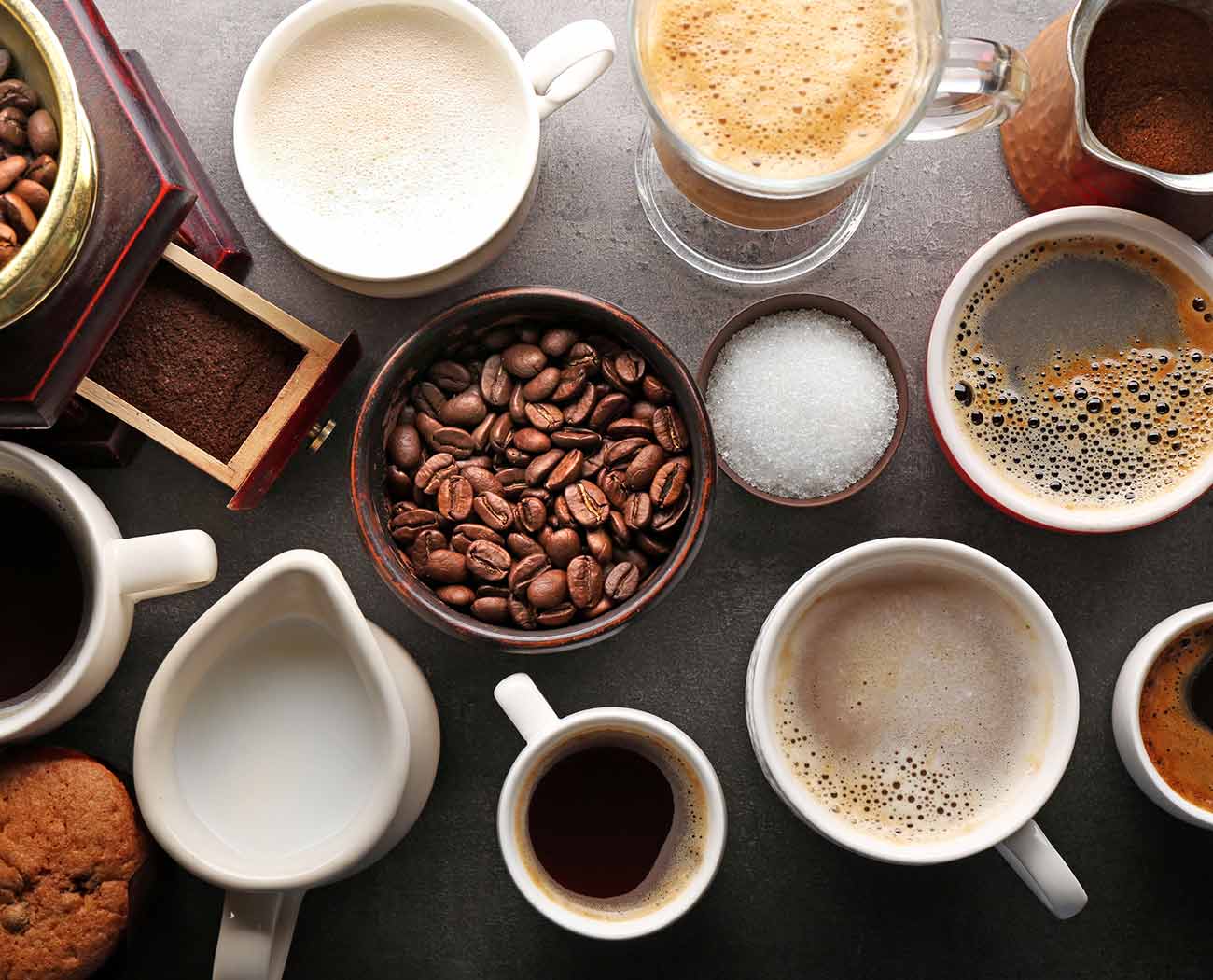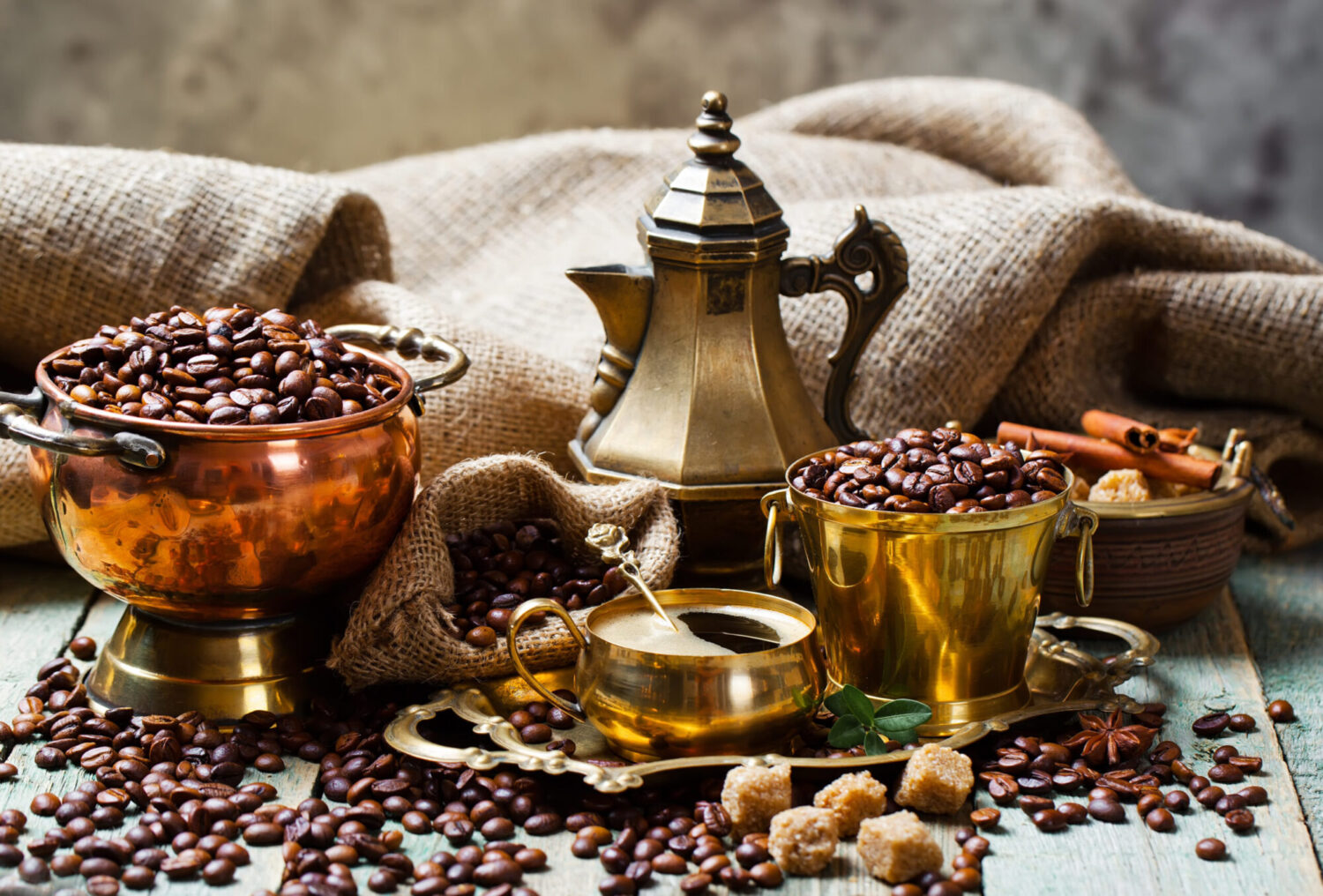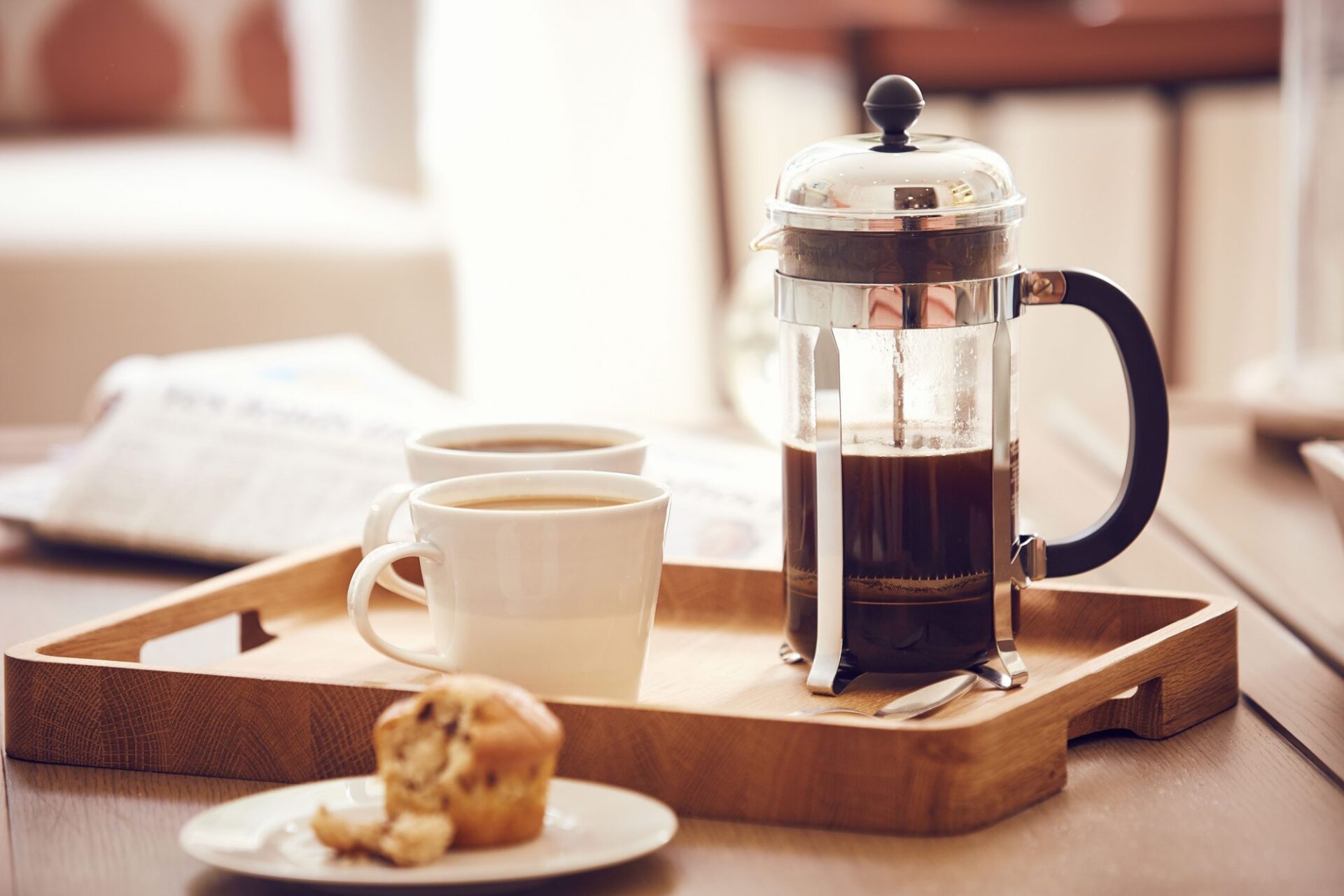Coffee Grinding & Different Brewing Methods
One of the hardest parts about making good coffee at home is determining the ground size to use. You may not have realized this but there are general rules for what size or coarseness you need for various brewing methods. We’ll get into those quick rules for you but also explain why it matters. Sphynx Coffeehouse coffees offers various grind sizes for you to choose from. From whole bean (you grind it yourself fresh at home) to pre-ground (one less piece of coffee equipment you need at home) we offer it. However, knowing these basics will help you choose which option for your homebrew goals.

From course to fine – How coffee griding effects your brew.
When brewing coffee there are 3 major mechanics that you need to take into account as it relates to grind size.
1.The temperature of the brewing method.
2.Amount of time spent brewing (brew time).
3.Amount of pressure added in the brewing process.

How tremperature & grind size work together.
We find that many people do not make coffee cold at home. Rather they purchase from a local shop. Knowing how brewing cold changes your grind settings will give you the power to make a delicious cold brew at home. When you brew coffee with cold water, it changes the extraction process.
In fact, the extraction process is much slower. Imagine sticking a green tag bag in a cup of cold water and another in a cup of boiling water.
The cup of cold water is going to take a much longer time to extract and show the color of the tea. The same is true with coffee. The rule of thumb with colder brewing temperatures is that it usually calls for coarser (larger-sized grinds) and longer brew time.
The inverse is usually true as well. Warmer temperatures call for shorter brew times and finer coffee grounds.
How brew time & grind size work together.
Brew time plays one of the most obvious roles in determining the grind size you need. When coffee beans are coarsely ground there is less total surface area (of total ground coffee) for water to extract from. The inverse is also true. The more finely ground the coffee is the more surface area or exposure the coffee has to the water during brewing. You can imagine having two pales of water where you dump powdered chalk into one and whiteboard-sized pieces of chalk into the other. With less surface area (coarser coffee grind size) it will require more time to create a desirable extraction process.
How pressure & grind size work together.
Pressure in coffee brewing is most popularly thought of with espresso. Pressure forces water through the coffee grounds quickly and uniformly. The average espresso shot is pulled in less than 24 seconds. Pressure speeds along the extraction process and requires finely ground coffee to create the pressure in the first place. Coarsely ground coffee doesn’t allow a machine to create that pressure on the spot of extraction. Finely-ground coffee ensures that the brewing water will not pass through the grinds too fast or at too little pressure (usually measured in Bars).

Bringing together the brewing variables.
As you have seen, there are many variables that you can adjust. Usually adjusting one variable necessitates that you adjust another variables to create a desirable extraction and brew.
This is where Brew Methods come to play. These are methods of brewing coffee that are tried and true. They have best practices to follow that allow you to get the most out of your home brewing efforts. The popular home brewing methods are:
1. Turkish/Arabian
2. Espresso/Aeropress
3. Pour-over
4. French Press/Percolator
5. Cold Brew

Turkish /Arabian – Extra Fine
Turkish and Arabian brewing methods depend on very fine ground coffee. Turkish grind size is about the consistency of flour and requires a Burr grind to achieve. The reason for this is that the coffee grounds are brewed directly in the heated brewing water but are never filtered out. This makes a very rich, smooth, and potent cup of coffee. This is definitely something to try with Sphynx Coffeehouse coffees.

Espresso / Aeropress – Fine
Espresso and AeroPress both rely on heat and pressure over a short amount of time to achieve quality results.
This requires coffee to be ground ‘fine’ and is the consistency of table salt (if not just a little finer). This size of grind is also used in Mokha Pots/stovetop brewers.

Pour-Over – Medium Fine
Grind size for pour-over is about the average of what you see in most 1 lb. pre-ground coffees on the market. Pour-overs utilize a brewing cone and a paper filter (though metal filters do exist). This is one of the most popular single-serve brewing methods out there and requires a medium-fine grind. The cone filter limits the amount of water that can pass through. This allows a slightly coarser grind while still achieving adequate extraction. Most of our customers use our coffees in pour-overs starting out. The consistency of medium-fine coffee is that of fairly smooth beach sand.

French Press / Percolator – Medium to Medium Course
French Presses increase the brewing time and also the type of exposure the coffee has to the brewing water. Like Turkish, the grinds are mixed with the water directly. Unlike Turkish is that you filter the grinds out once done brewing. This requires a coarser grind which limits the surface area for direct extraction. The consistency of this grind is close to rough sand.




